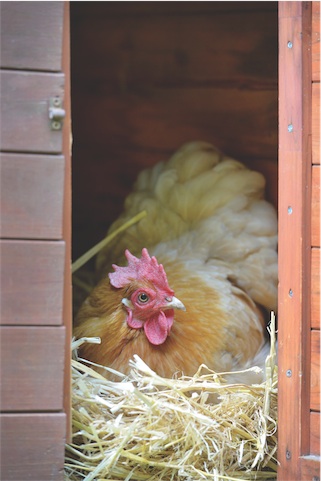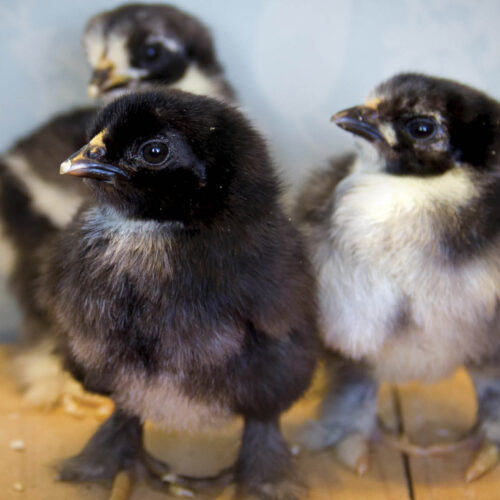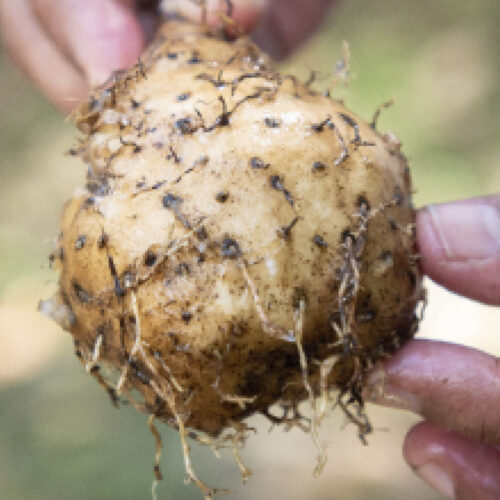Off the lay?
2015-08-17T03:27:35+10:00
Chooks laying yet? It’s the question on everyone’s lips as spring approaches, writes JESSAMY MILLER.
My hens have plump red combs, and they crouch when I place a hand over their backs, signs eggs aren’t far away.
Many fowls undergo a moult in autumn and then stop laying over winter in response to the decreased daylight hours. This allows them to rest, build up calcium stores and regain condition before the next laying season. In spring, increasing daylight stimulates the egg production hormones and they are back in business.
Light and Laying
There are no magic herbs or potions to get hens laying again; the key factor is light. Around 14 hours of daylight is required to maintain egg production. Commercial operators use a complex system of artificial lights and timers in order to keep hens laying. Backyarders are usually happy to allow birds a rest. A henhouse that lets in plenty of winter sunlight will help stimulate the endocrine system naturally.
Age and breed differences do play a part. Pullets often lay through winter, when older birds won’t. Red-plumaged hybrids will produce eggs year round while purebreds take a break; however, hybrids don’t have as long a laying life as many purebreds.
Health and Management
Chooks in excellent health will meet their laying potential. Illness can prevent fowls laying, so remove and treat any birds that aren’t well before returning them to the flock. Check for and treat any lice or mites.
Make sure chooks are protected from weather extremes and predators and not subject to stressors like barking dogs or riotous backyard sports. Even a low level of stress can put chickens off the lay.
Diet
Eggs utilise a significant potion of a layer’s daily food intake so nutrition is vital. Hens need a balanced layer ration of pellets, mash or mixed grains containing 16 percent protein. They also require plenty of medium grade shell grit for shell formation, and daily access to greens. Don’t forget to supply cool, fresh, clean water.
Cosy nests
Hens prefer low, secluded and comfortable nests. You may wish to cover part of the opening to make it darker: hens prefer this, and it helps prevent egg eating. Try popping a golf ball in the nest to give pullets the idea.
Soon you’ll be baking sponges and giving cartons to neighbours to keep up with the glut of googies!
Tip: Can’t find eggs? If your fowls are free range, try letting them out later in the morning, after egg lay, so you don’t spend hours searching the bushes for their hidden stash.






